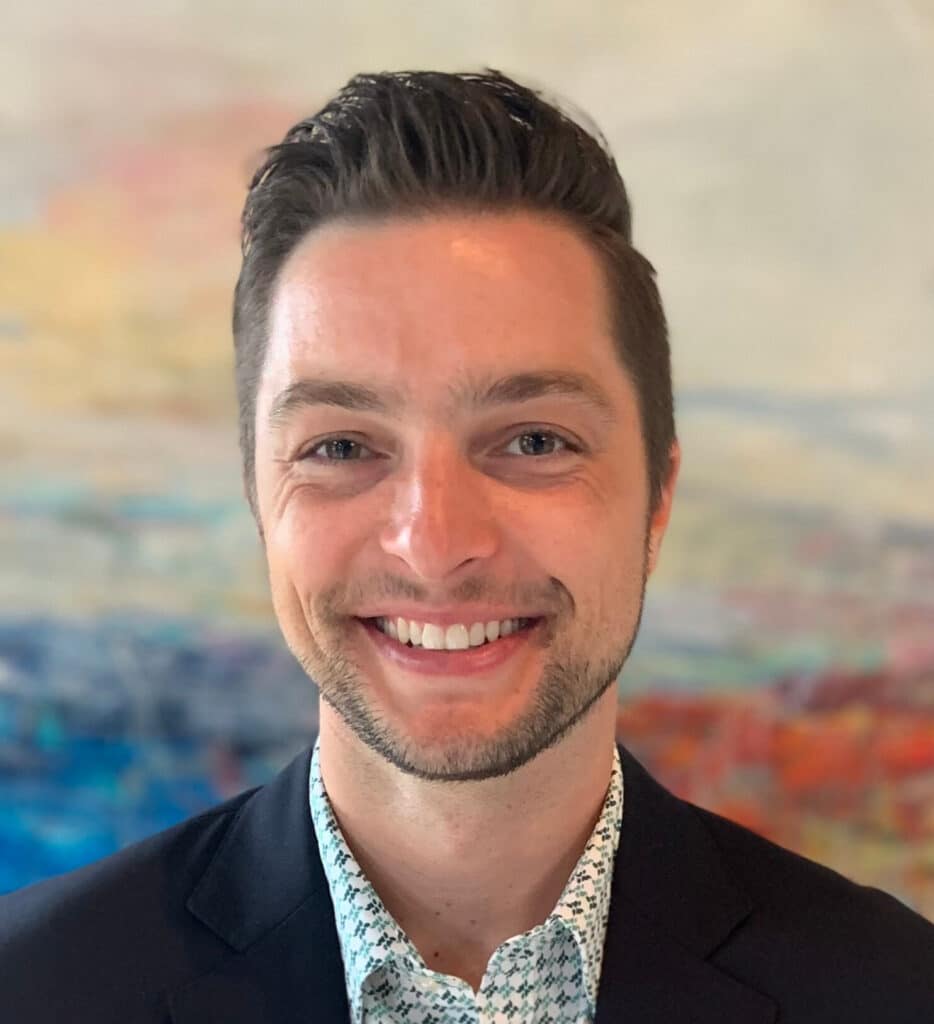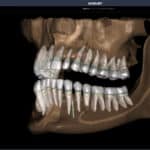To compete online today, orthodontists must speak the language of answer engines—clear, helpful, and built for how patients actually search.
By Jeff Slater
If your practice has invested time and money into Search Engine Optimization (SEO), you’re off to a great start. But search behavior is evolving fast. We have entered a new frontier where AI and answer engines are gaining serious momentum. Today, more people are using full questions instead of short keyword phrases. And they’re not always using Google. Voice assistants like Siri and Alexa, AI tools like ChatGPT, and new smart search features, including AI Mode on Google, are shifting how people find orthodontic care.
The big question: Will your practice still show up?
To stay visible in this new world, you need to understand Answer Engine Optimization (AEO).
What Is AEO, Exactly?
Answer Engine Optimization is about making your website content easy for “answer engines” to understand and feature. It positions your content to be seen and selected by AI programs that are growing their influence on local search.
You may also see or hear other acronyms such as AIO (Artificial Intelligence Optimization) and GEO (Generative Engine Optimization). There are many similarities between all of them, with a few key differences. Some of this will be subjective based on who you’re talking to.
AEO primarily focuses on showing up in the “AI Overviews” appearing in Google search results. GEO deals more with ChatGPT and Gemini programs outside of traditional local search on Google. Consumers are starting to use all of these AI tools for local search.
While SEO focuses on getting you ranked in traditional search results, AEO helps your content appear in:
- Google’s featured answer boxes
- Voice assistant responses
- AI-powered search results on a growing number of search engines
These answer engines don’t just scan for keywords—they look for precise, clear answers to questions. That means your content must be well-structured, written in natural language, and full of helpful information.
Real Patients Are Asking Real Questions
Think about how a parent or teen searches for orthodontic information today. Instead of typing “Invisalign near me,” they might ask:
- “Is Invisalign safe for kids?”
- “How long do braces usually stay on?”
- “Can I eat popcorn with braces?”
These are questions that demand direct answers, not long, keyword-heavy pages. If your website doesn’t address these questions clearly, the answer engine will find someone else’s site that does. And that means lost visibility and lost patients.
Traditional SEO Still Matters—but It’s Not the Whole Picture
Don’t get the wrong idea—SEO is still essential. Your site still needs:
- Fast load times
- Mobile-friendly design
- Localized keywords and links
- Structured framework and navigation
- Backlinks from trusted sources
But here’s the problem: SEO alone doesn’t prepare you for answer engines.
Think of it like this: SEO helps you show up with the current algorithms and ranking criteria, while AEO preps your online presence for the future of local search.
Search engines are now prioritizing content that answers questions, especially in voice searches and featured snippets. If your site isn’t built with that in mind, you’re likely missing out on a growing share of traffic.
Is Your Website Built for Answer Engines?
To compete in this new search environment, orthodontic websites must shift from promotional to educational. That doesn’t mean you can’t promote your services, but the focus should be on answering the real questions potential patients are asking.
Tell prospective patients what they want to know, not what you want to tell them. That mantra applies to all of your marketing efforts!
Here’s how to evaluate your current site:
- Do you have structured Q&A sections? Not just one big FAQ page. Scatter question-based headers across your website. Each service page should answer 2 to 3 common questions.
- Is your content easy to read? Use short sentences, simple language, and direct answers. Avoid jargon.
- Are your headings helpful and clear? Use subheadings like “What age should my child get braces?” instead of generic ones like “Overview.”
- Are you thinking like a patient? Go beyond explaining your services. Address worries, costs, fears, and lifestyle impacts.
Build Content That Answers, Not Just Attracts
Instead of just trying to rank, AEO content is built to solve. That’s a mindset shift.
Your orthodontic website should focus on clear, structured, useful information.
When answer engines see that your site addresses common concerns in a clear format, they’re more likely to serve your content directly in response to a search. If some of your content is structured in a Q&A format that matches the exact questions people are searching, you’ll be in a prime position.
Real-World Example: “How Long Does Invisalign Take?”
Let’s say a teen or parent asks Siri or ChatGPT:
How long does Invisalign take for teens?
If your site has a page or section that clearly says:
“Invisalign treatment for teens usually takes 12 to 18 months. However, timing can vary based on how complex the case is and how well the teen follows the plan.”
That’s the kind of answer that gets pulled into voice search or AI snippets.
Compare that to a long, general page with vague descriptions and no clear answers—that content will get skipped.
Urgent: Why Orthodontists Need to Act Now
Search habits are shifting faster than most practices realize. The algorithms are updating at lightning speed, too.
Google has already rolled out Search Generative Experience (SGE), a new format that uses AI to answer questions directly in the search results. Microsoft’s Bing does this, too. ChatGPT and other AI assistants are gaining popularity every day.
This means:
- Users may never scroll to your site—they’ll get answers instantly
- Only a few top sites are shown as sources
- Practices that don’t adjust will fall behind
Your competitors might already be working on AEO. The sooner you take action, the better your chances of standing out and capturing search traffic that’s increasingly AI-driven.
How to Start Optimizing for AEO
Here are a few action steps orthodontists can take today:
- Create a Strong FAQ Page. But don’t stop there—incorporate questions throughout your site on service pages, blog posts, and location pages.
- Add Structured Markup. Use schema code to help search engines understand your content. This can increase your chances of showing up in featured answers. Your web developer or marketing agency can assist with this.
- Refresh Old Content. Go back through old blogs and pages. Update them with questions, headings, and direct answers. Make sure they’re written in today’s language—not keyword-stuffed text from 2015.
READ MORE: How Google and AI Are Reshaping Online Marketing for Orthodontic Practices
Final Thoughts: Be the Answer They’re Looking For
Patients today aren’t just browsing—they’re asking.
And they’re asking tools that skip the scroll and go straight to the best answer.
If your orthodontic practice wants to stay competitive, it’s not enough to “have a website.” You need a website that speaks clearly, solves problems, and stands out in a world where AI and voice search lead the way.
Make your content helpful. Make it human. Make your practice the answer. OP
Photo: ID 98128778 | © Alexandersikov | Dreamstime.com

Jeff Slater is the vice president of operations at Kaleidoscope with nearly 15 years of experience in digital marketing for the orthodontic and dental industries. His areas of expertise include SEO, social media, paid search & Internet advertising, Google Business Profiles, location-based marketing, WordPress websites, and online branding. Contact him at [email protected].









